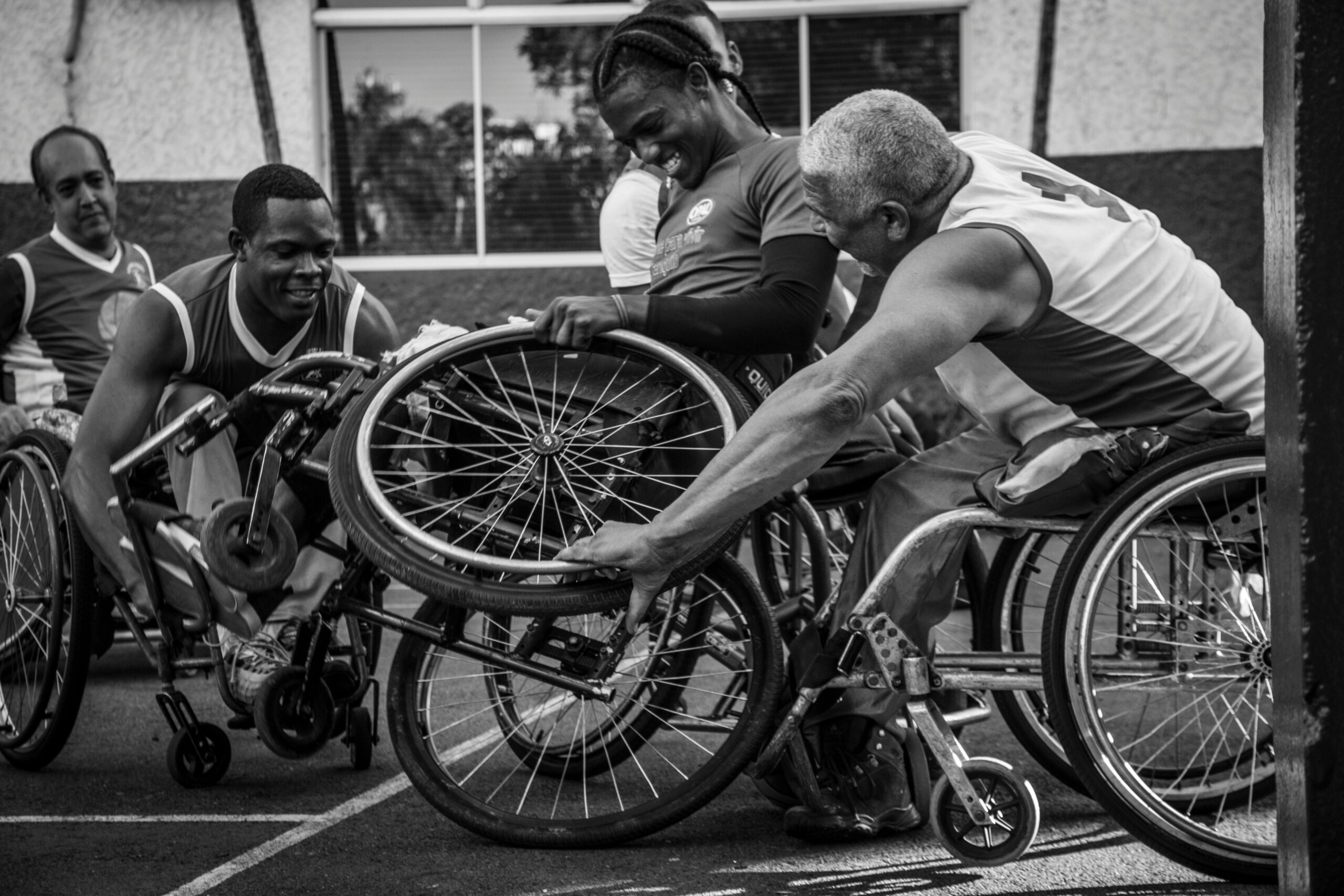
When we think about recovery, we often picture someone lying down and resting. While rest is essential, it’s only part of the equation. Proper recovery involves more than just waiting for the body to heal. The power of Rehabilitation plays a vital role in recovery by actively rebuilding strength, improving movement, and addressing physical and mental health. It’s a comprehensive process that goes beyond rest and helps individuals recover faster and more effectively.
Why Rehabilitation Is Crucial
Rest alone doesn’t guarantee full recovery. While it allows the body to recover, it doesn’t help restore strength or functionality. Rehabilitation fills that gap. It includes therapy and exercises that improve mobility, flexibility, and strength. Through physical therapy, patients rebuild their muscles and joints, allowing them to move freely again. It also helps them regain the skills needed for daily activities like cooking or driving.
Rehabilitation also focuses on mental well-being. Many people face frustration, anxiety, or sadness during recovery. Rehab addresses these emotional challenges by offering psychological support and coping strategies. The goal is to make the person feel empowered, not helpless.
Active Recovery: Moving for Healing
Resting completely can sometimes do more harm than good. Without movement, muscles weaken, and joints become stiff. Active recovery, including light exercise, can speed up the healing process. Walking or swimming can improve circulation, reduce stiffness, and prevent muscle atrophy. Active recovery also keeps the body from becoming too inactive, which can lead to complications.
This doesn’t mean pushing the body too hard, though. Rehabilitation plans are designed to fit the individual’s condition. A gradual approach ensures that patients get stronger over time without causing further injury.
The Connection Between Mind and Body
Recovery isn’t just about physical healing. Mental health plays a significant role. Many people recovering from an injury or surgery experience emotional challenges. They might feel anxious, discouraged, or unmotivated, which can slow recovery. That’s why rehab includes emotional support and mental exercises.
Therapists often use cognitive behavioral therapy (CBT) to help patients cope with negative thoughts. CBT helps people reframe their mindset, set realistic goals, and stay motivated throughout healing. A positive outlook can accelerate recovery, making it easier to stay on track.
Tailored Rehabilitation Plans
Everyone’s recovery is different, so rehab plans must be personalized. A rehabilitation program should reflect a person’s specific injury, goals, and abilities. Age, fitness level, and medical history influence how a person recovers. Rehab professionals assess each individual’s needs and create a tailored plan.
This customized approach ensures effective recovery and helps prevent setbacks. Regular check-ins with the rehab team allow for adjustments, ensuring the program remains challenging but achievable.
Long-Term Benefits of Rehabilitation
The benefits of the Power of Rehabilitation don’t stop when the recovery process ends. Proper rehabilitation can prevent future injuries and improve overall well-being. Strengthening muscles and joints reduces the risk of further damage. It also helps maintain mobility and independence, especially for older adults.
Rehabilitation helps people regain confidence in their abilities. This boost in self-esteem makes it easier to return to daily activities, whether it’s work, exercise, or social events. Rehab helps people return to a full life. For seniors, rehab can prevent the loss of independence, allowing them to stay active and engaged for longer.
The Importance of Support Systems
Rehabilitation is not a solo journey. Family, friends, and caregivers are key in supporting the recovery process. Emotional support and encouragement make a big difference. A strong support system keeps patients motivated and committed to their rehab plans.
Family members can assist in daily tasks, help with exercises, or provide emotional support. Educating loved ones about rehabilitation also ensures they offer the best help possible. This teamwork speeds up recovery and creates a positive environment.
Long-Term Benefits of Rehabilitation
The benefits of rehabilitation extend beyond the initial recovery period. Proper rehabilitation can help prevent future injuries, maintain strength, and improve overall physical and mental well-being. For instance, physical therapy helps individuals recover and reduces the risk of re-injury. A well-designed rehabilitation program strengthens muscles, improves joint mobility, and boosts overall body function, ensuring the individual stays healthy in the long run.
Rehabilitation can significantly reduce the loss of mobility and independence for older adults. By maintaining strength and flexibility, individuals can continue living an active and fulfilling life for longer. Rehabilitation can help individuals return to their daily activities, work, and hobbies, increasing their quality of life and reducing the impact of aging or chronic conditions.
The Role of Family and Support Systems in Recovery
Rehabilitation is a team effort. Family members, friends, and caregivers are crucial in supporting the recovery process. Their emotional support, encouragement, and practical assistance can make a difference in helping someone stay motivated and committed to their rehabilitation plan.
Family and friends also help create a positive environment by offering support during physical exercises or everyday activities that require movement. Understanding the rehabilitation process allows loved ones to assist effectively and help their loved one’s recovery journey stay on track. With the right support system, patients are more likely to feel empowered and stay focused on their goals, ultimately speeding up recovery.
Rehabilitation is more than just resting and waiting for the body to heal. It is a comprehensive, active process that addresses physical and mental health. Active recovery, customized rehabilitation plans, and mental health support contribute to a faster, more effective recovery. The benefits of rehabilitation last long after the healing process is complete, helping individuals maintain strength, mobility, and overall well-being. By combining rest with active rehabilitation, individuals can return to their everyday lives sooner and more confidently.